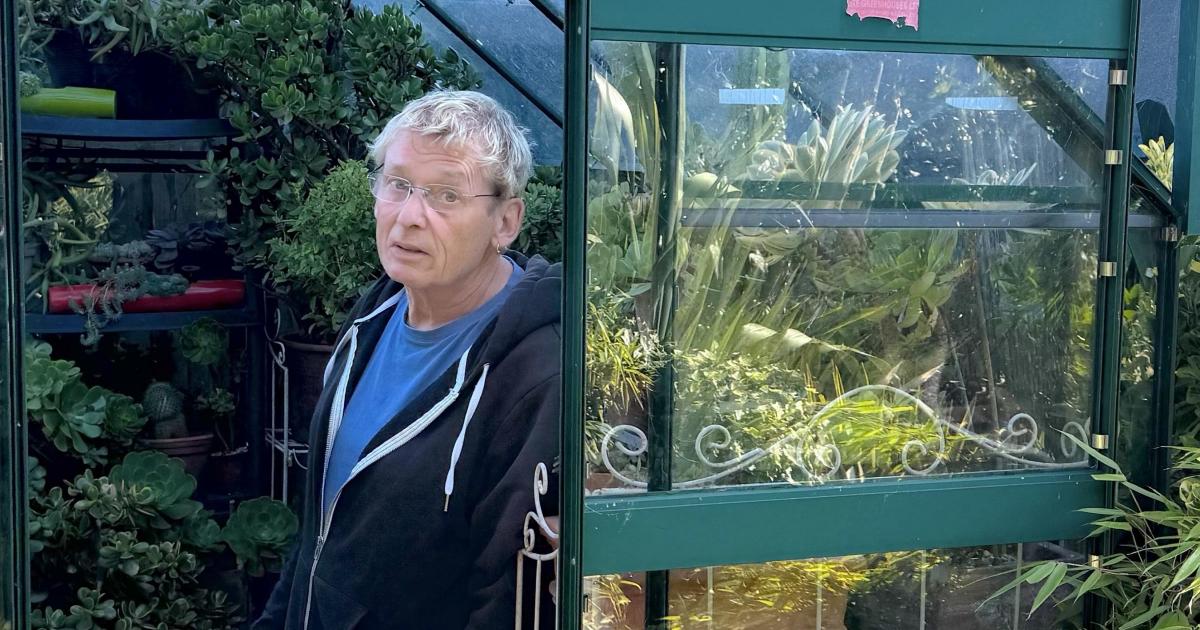I’ll give the National Garden Scheme just one more mention this season, not for their open gardens, but readers may be interested in a ticketed event in London on the 2nd December at the Royal Geographical Society, Kensington Gore in South Kensington. In place of their usual annual lecture, this year BBC TV presenter, keen gardener and new National Garden Scheme Ambassador, Fiona Bruce hosts a very special National Garden Scheme “Ask the Experts” at 7pm on the 2nd. Answering a range of pre-submitted audience questions and covering all aspects of gardens and gardening from design and planting to weeding and watering, and gardens and health, will be a panel of leading gardening broadcasters and professionals, including Arit Anderson, Danny Clarke, Rachel de Thame, Joe Swift and Martha Swales.

Whether you want to know how to grow food in a tiny city space, the key elements to designing your perfect garden, which tree to plant where or how to plant for dry summers and wet winters, or are gardens really good for your health, the panel has a wealth of expertise to share. This fun, fundraising evening is the perfect opportunity to quiz some of the country’s leading gardening experts and to enjoy their lively debate which will be led and chaired by Fiona Bruce in her inimitable style. Tickets can be booked to watch online or attend in person at www.ngs.org.uk My eucomis and sedum are still going strong on the steps in the back garden and provide some much-needed colour on these gloomy days. Once your Eucomis has finished flowering, cut away the flower heads and allow the foliage to die back. Once it has turned yellow, the foliage can be removed. If you are leaving your eucomis outside, they will need protection over winter, you can apply a mulch to protect from hard frosts. That said I have left mine out in large containers unprotected for several years now with no problems. Most sedums are a valuable late source of nectar for pollinators, particularly butterflies. I shall leave the seedheads standing over winter to provide architectural interest and cut them back in February and March.
A stunning flower to have in the garden at this time of the year is the pretty aster. The one pictured is part of the Island Series, Aster ‘Barbados’ and is a neat, compact Michaelmas Daisy. The mauve-purple flowers are a tonic for fading borders from late summer to autumn. This cheery perennial is free-flowering, attracting attention from pollinating insects which are drawn to the nectar-rich flowers. The upright stems and colourful blooms make this a lovely cut flower too. A useful perennial for providing late summer colour at the front of perennial borders. You need to cut stems close to the ground in late autumn.

Growing behind the corten steel pond is a cotoneaster that I have allowed to develop into a small tree. These shrubs and small trees bear an abundance of berries in the autumn like those red berries pictured in my garden. Larger cultivars are useful for hedges, wall shrubs and specimen plants too and smaller low-growing plants make good weed suppressing ground cover. In spring and early summer, small pink-white flowers cover the branches with these being followed by clusters of red-orange or yellow berries in autumn/winter.
The plants are mainly evergreen, with some deciduous cultivars that blaze with fiery autumn colour. They may struggle to establish in sites where they are exposed to very cold weather and drying winds. That said, my small tree is in a very exposed location and seems to do well, apart from wind burnt leaves if we have excessive gales. Cotoneaster are a valuable source of nectar for pollinating insects and its berries are also highly attractive to blackbirds and other members of the thrush family, providing a good source of food in the winter. Make sure you plant your cotoneaster where you have a good view of its winter berries, perhaps from a kitchen window or near your front door. Read more of Geoff’s garden at www.driftwoodbysea.co.uk

